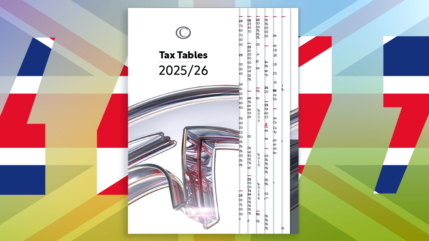“In the middle of difficulty lies opportunity”
Albert Einstein
In the Summer Budget on 8 July 2015, George Osborne announced that pension input periods (PIPS) would run in line with the tax year from 6 April 2016. He also announced that the annual allowance for tax relieved pension savings will be reduced for those with incomes of more than £150,000.
This will be good news to some and may even allow the opportunity to fund a little extra into their pension this tax year. Essentially, you can contribute up to £40,000 between now and the end of the tax year – on top of anything you paid in between April of this year and the Summer Budget. You could therefore make pension contributions of £80,000 this tax year if you paid in your full £40,000 allowance before 9 July 2015.
These changes to PIPS came about through the announcement to restrict the amount of tax relief available to high earners. From 6 April 2016 those with income above £150,000 will see their annual allowance reduced by £1 for every £2 of excess income, capped at £30,000. This will mean if income exceeds £210,000 the annual allowance will be reduced from the current £40,000 to £10,000. In order for these new taper allowances to work as intended, all the PIPs need to be aligned.
A PIP is a period of time, typically 12 months, over which the amount invested into a pension is measured so that a check can be made to see if the annual allowance for the related tax year has been exceeded. HM Revenue & Customs uses your PIP to calculate your pension contributions and tax relief. It would be reasonable to expect PIPs to run in line with tax years, but in many cases they do not. In addition there has been no requirement for PIPs to run for 12 months. The result of this could mean that many people unintentionally breach their annual allowance.
All PIPs, going forward, will be aligned to the tax year. To achieve this parity, the current tax year has been split into two mini PIPs. The first part is from 6 April 2015 – 8 July 2015 and this is called the pre-alignment tax year. The annual allowance for this part is £80,000 (plus any carry forward from the 3 previous tax years).
The second mini PIP runs from 9 July 2015 to 5 April 2016 and is known as the post alignment tax year. This mini tax year has a nil annual allowance but has the ability to use carry forward from the pre-alignment year of up to £40,000.
All PIP’s were ended on 8 July. Due to this ‘forced closure’ it was possible for individuals to have had 2 or more PIPs ending in the 2015/16 tax year.
Example – Client A’s PIP ran from 10 April 2014 to 9 April 2015. This PIP ends in the 2015/16 tax year. The new PIP began on 10 April and was forced to close on 8 July, giving a second PIP ending in the 2015/16 tax year. As all new PIPs started on 9 July 2015 and will end on 5 April 2016, this is the third PIP of the 2015/16 tax year.
In the example above, client A will then have 3 pension input periods ending in the 2015/16 tax year and could have already made contributions within the rules of £80,000. For this reason the annual allowance has been increased, under the transitional rules, to £80,000 for this tax year (2015/16).
Client A makes a pension contribution of £70,000 in May 2015 – this falls within the pre-alignment tax year and therefore within the £80,000 annual allowance. As such client A has £10,000 annual allowance left which can be carried over to the post-alignment tax year. This is because they have £10,000 remaining of their annual allowance and secondly, below the £40,000 maximum which can be carried over the post-alignment tax year.
Client B, however, makes a pension contribution of £24,000 in May 2015 – which again falls within the pre-alignment tax year and within the £80,000 annual allowance. As such client B has £56,000 annual allowance left of the pre-alignment annual allowance. Client B makes another contribution in August 2015 which falls within the post-alignment tax year.
Although client B had a remaining pre-alignment tax year annual allowance of £56,000 they can only carry forward a maximum of £40,000 into the post-alignment tax year. Therefore client B has had an annual allowance of £64,000 for the 2015/16 period but has effectively lost the £16,000 unused allowance from the pre-alignment period.
Effectively anything already paid against the 2015/16 annual allowance before 9 July this year is disregarded, with a ‘free’ additional 2015/16 annual allowance of up to £40,000 still available for pension savings from 9 July 2015 to 5 April 2016. Not everyone will benefit, but you may be one who will have an extra annual allowance of up to £40,000 to use before 6 April 2016.
This won’t affect everyone and is a complex area which needs thought and effective planning. This is draft legislation and the tax treatment depends on individual circumstances and is subject to change. Speak to your adviser for further information and guidance through these changes.













